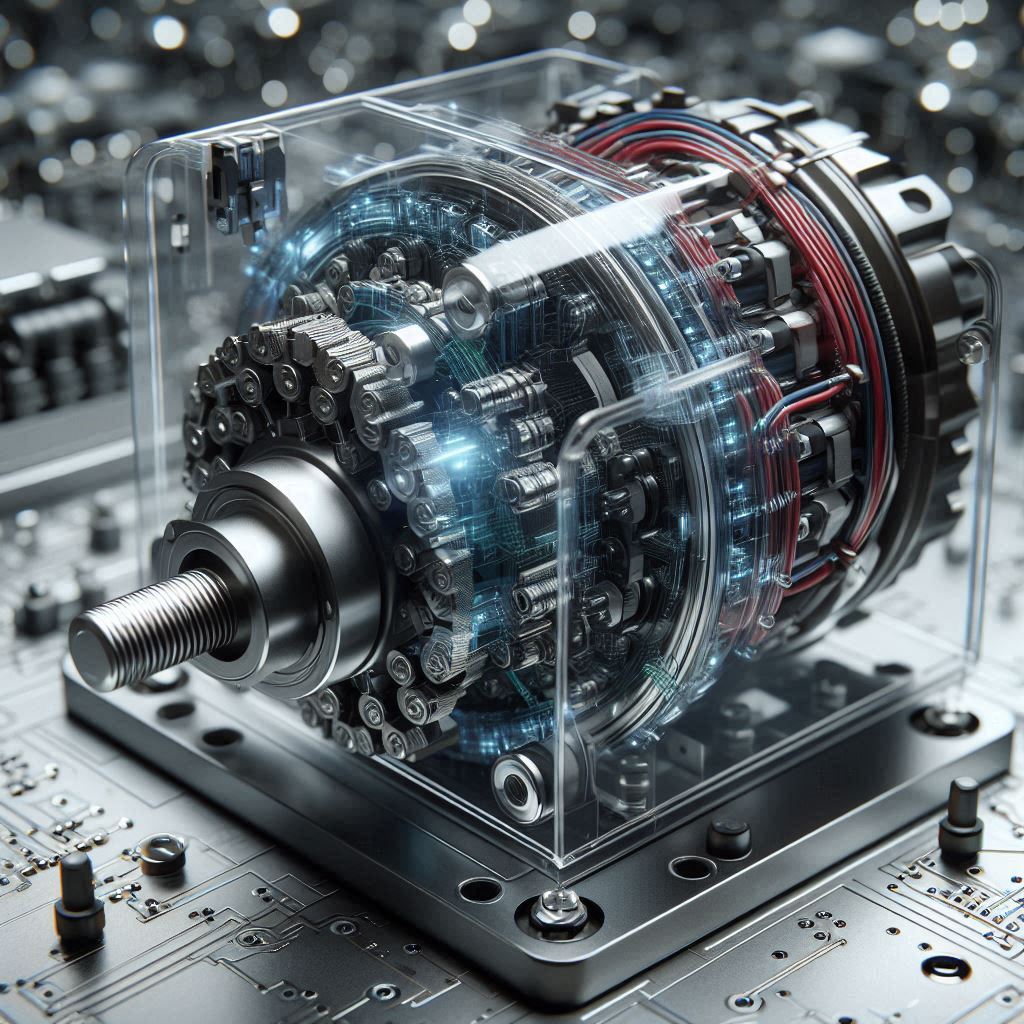Statistical Techniques in Analyzing Numerical Data with Engineering Applications

Turnout drives are devices сп 6м designed to control the position of switches on railway tracks. They play a key role in ensuring safe and efficient train movement, allowing for quick and accurate changes in direction at intersections and junctions. In this article, we will consider the basic operating principles of turnout drives, their design features, types and areas of application.
Operating principle of turnout drives
Turnout drives operate сп 6м on the basis of electrical signals that activate the switch mechanisms. The main stages of the turnout drive operation include:
1. Receiving a signal: The drive receives a signal from the control system, which can be automated or operator-controlled.
2. Activating the mechanism: Based on the received signal, the drive activates the motor, which sets the switch mechanism in motion.
3. Switching the switch: The switch moves to the desired position, ensuring the correct direction of train movement.
4. Position fixation: After switching, the point is fixed in the new position, which prevents accidental direction changes.
Design features of electric point drives
Electric point drives have several key components that ensure their operation:
• Electric motor: The main element that drives the point mechanism.
• Gearbox: Reduces the speed of the motor and increases the torque required to switch the point.
• Switching mechanism: A system of levers and gears that directly moves the point.
• Control elements: Sensors and feedback systems that allow you to monitor the position of the point and ensure its reliable fixation.
Types of electric point drives
There are several types of electric point drives, each of which has its own features and areas of application:
1. Electromechanical drives: Use electric motors and mechanical systems to switch points. They provide reliable operation, but may require more maintenance.
2. Electronic drives: Equipped with modern electronic components that allow more precise control of the position of the points and integration with automated traffic control systems.
3. Hydraulic drives: Use a hydraulic system to switch points. They can be more powerful and resistant to external influences, but require more complex maintenance.
4. Pneumatic drives: Work on the basis of compressed air and are used in cases where fast switching of points is required.
Advantages of using electric point drives
Electric point drives have a number of advantages over traditional mechanical systems:
• Automation of processes: Allow integration into automated train control systems.
• Increased switching speed: Provides a quick change in direction of movement, which increases the capacity of railway tracks.
• Reduction of the burden on personnel: Reduces the need for manual control of points, which allows you to focus on other important tasks.
• Increased safety: Modern control systems and sensors help minimize the risk of errors when switching points.
Application areas of point electric drives
Point electric drives are widely used in various areas:
• Rail transport: Used at stations and junctions to control train movement.
• Subways: Provide safe and fast switching of points on underground lines.
• Tram networks: Used to control tram movement at intersections and forks.
• Industrial enterprises: Used in automation systems to control transport routes inside factories and plants.
Стрелочные электроприводы являются важным элементом современной железнодорожной инфраструктуры. Их использование позволяет значительно повысить безопасность и эффективность движения поездов, а также снизить нагрузку на персонал. С учетом постоянного развития технологий можно ожидать появления новых решений и улучшений в области управления стрелками, что будет способствовать дальнейшему совершенствованию железнодорожного транспорта.







